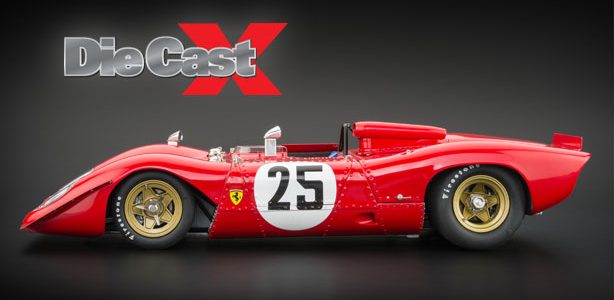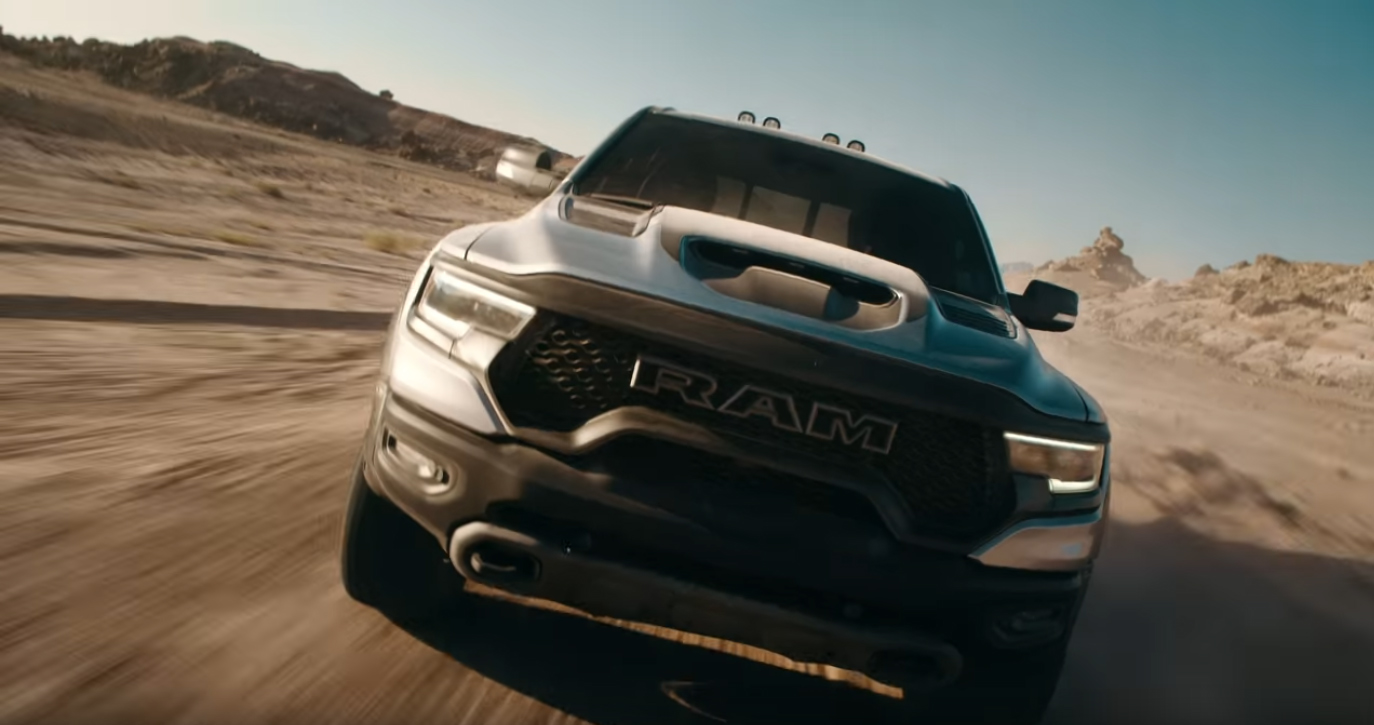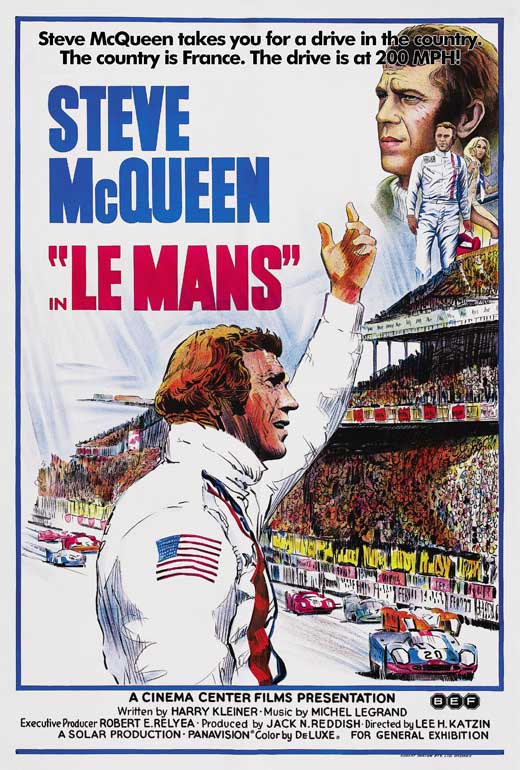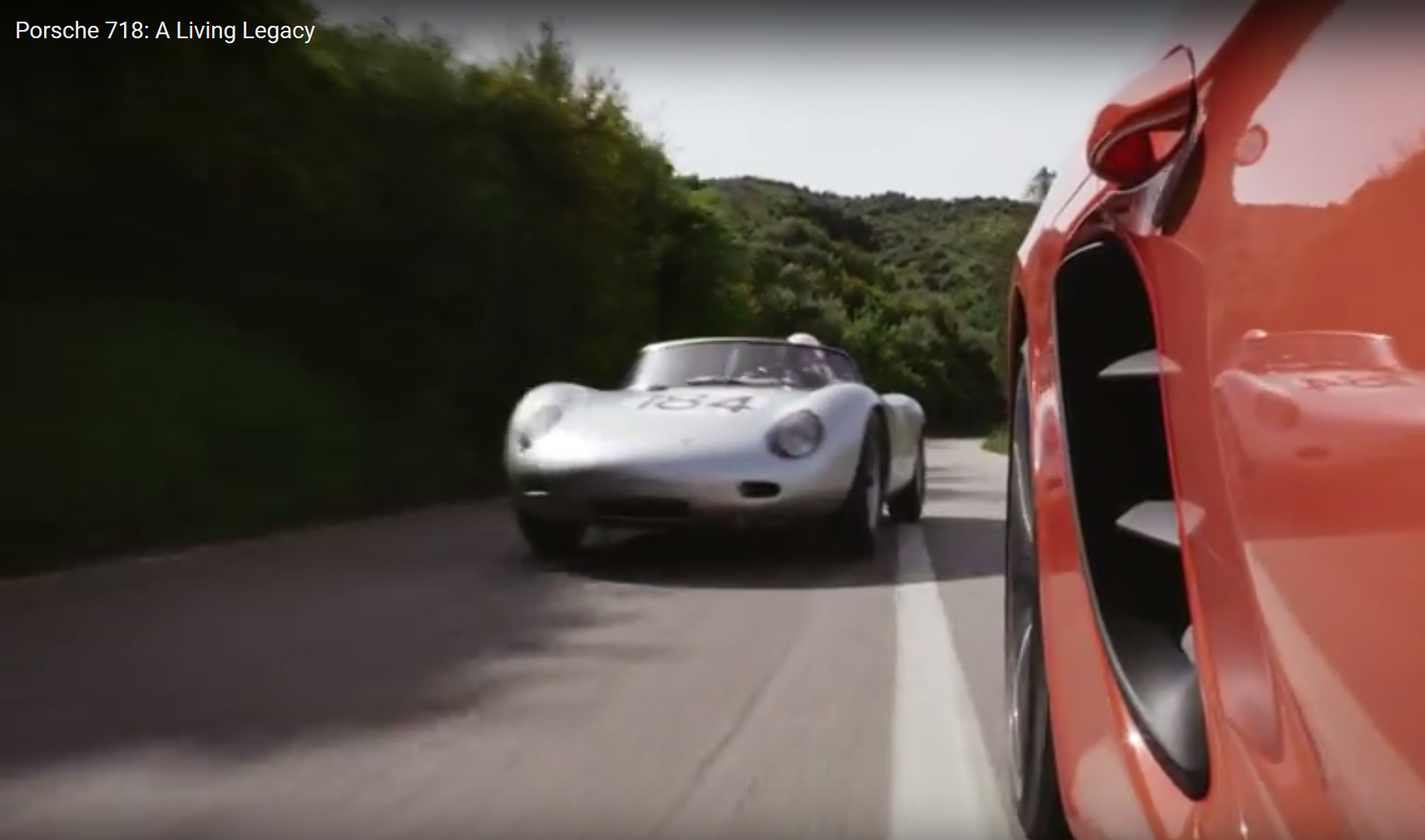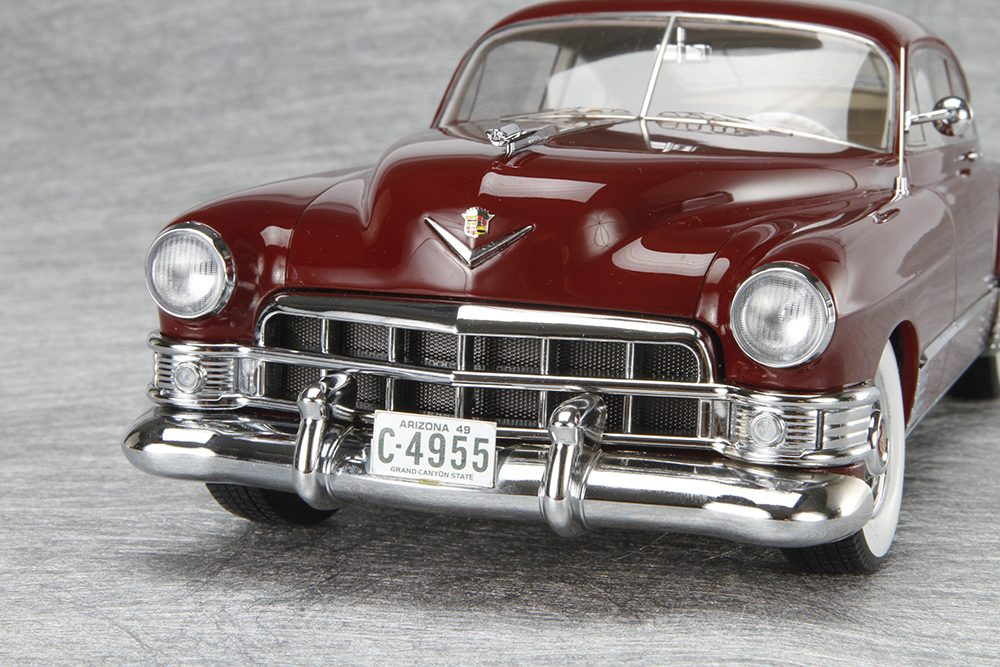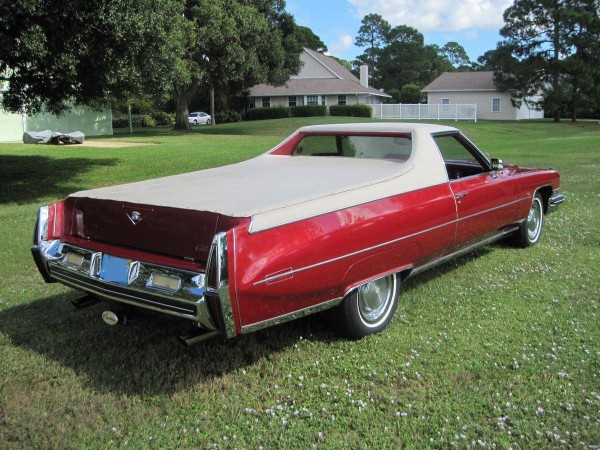![]()
Read the companion article Real World Road Test click here. ![]()
It has taken 35 years, but performance enthusiasts are just realizing what automotive historians have known for decadesthe 1970 Camaro Z28 is the most under-appreciated vehicle of the pony-car era. The same applies to diecast. Nearly every diecast manufacturer has created at least one first-generation Camaro, and 1969 models are everywhere. The success of the Penske/Donahue Trans Am Z/28s boosted the image of 1967-69 street Camaros. Second-generation Z28s found far less glory on the twisty asphalt of Americas purest form of road racing. Coupled with the collapse of the performance-car market in 1973, the Z28 lost almost all of its luster; however, the 1970 Z28 was the best total performer of all vintage Camaros. It is only recently that enthusiasts have discovered what a special car the first of the second generation Z28s was. Franklin Mint offers a 1:18-scale version that is more than worthy of prime shelf space in any muscle-car collection.![]()
HIGHLIGHTS
With a base of only 8,733 original 1970 Z28 owners, Franklin Mint took a risk when it created an entirely new casting for the car. The model is also a departure from the companys 1:24-scale roots. Even more surprising, the diecast gem is offered in a window-box display instead of Franklins traditional foam clamshell carrier, and the price is below that of Franklins typical 1:24 offerings. Dont let these changes negatively influence you: care and quality drips from nearly every corner of this car. ![]()
Exterior. In the annals of automotive design, the second-generation Camaroespecially the flat-nose years from 1970 to 1973are considered to be the most beautiful and timeless in history. Franklin Mints version is so handsome that it was hard to take my eyes off the sleek, slippery shape bathed in a perfect RPO 65 Hugger Orange with the distinctive black hood and trunk stripes. This is the more popular RS version that has split front bumpers and a three-piece rear deck spoiler (COPO 9796). The attention to detail is awesome. Little things such as the rear license-plate lamp and the trim inside the door handles and around the windows show topnotch work. The headlights and taillights look so real its uncanny. With all of these first-class accommodations, expectations begin to run high. On any other Franklin diecast, the grille would be a highlight; however, on this selection, the cast-mesh grille is a bit of a disappointment, as the real Z28 had a blacked-out grille. All of this is set off by a mirror-like finish on a body that offers a tight fit with consistent seams. The paint looks like several coats of lacquer hand-rubbed between layers. ![]()
Interior. One evolution in GM design was first seen in the second-generation Camaro. The wraparound dash was created to put all of the controls within easy reach of the driver and to provide a more appealing appearance. There were two options: a basic black and an upgrade with woodgrain appliqué. Some very early Z28s actually had a bit of bothbut thats an entirely different story. Franklin Mints Z was modeled after a version built at the Van Nuys, California, plant in late spring or early summer of 1970. The custom interior package (RPOZ87) reflects some of the refinements not present on Norwood, Ohio cars. Inside, youll find some unexpected details such as the twin control stems on the left side of the steering column, but the shoulder harness belts and clips on the headliner are missing. In fact, Franklin gets docked points for the entire interior headliner color; it should be black on this car. On a positive note, the seat pattern is done to spec, and the center console, with its Hurst shifter, represents the performance aspects of the cozy cockpit. By and large, the interior is good but not great.



